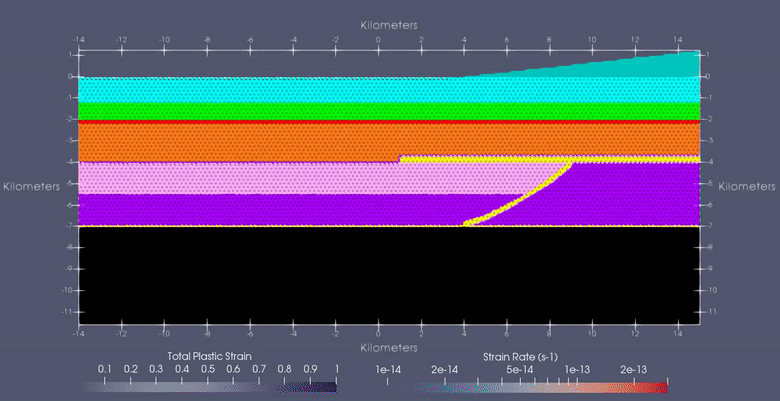Mechanical Stratigraphy of the Papuan Fold and Thrust Belt
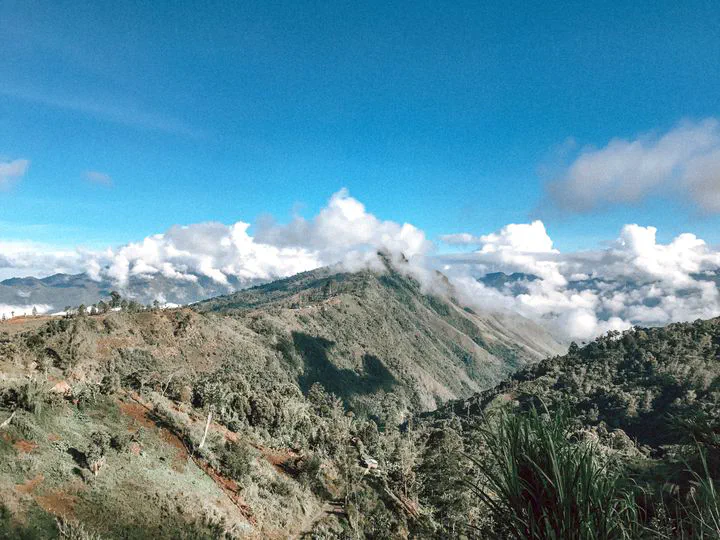
Summary
As a part of my honours project I ran a suite of numerical experiments investigating how the mechanical stratigraphy of the Papuan Fold Belt influences its structural style. The Papuan Fold Belt is one of the world’s youngest fold belts formed within a tectonically complex region. It is notorious for its poor surface exposure and low-resolution seismic profiles. This is what the cover in Papua New Guinea looks like.
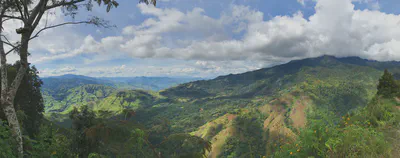
The mechanical stratigraphy of the fold belt is dominated by the Darai limestone. The Toro sandstone is relatively strong but is very thin, so it does not play a large role in the overall structural style. The Ieru and Magobu Fm’s tend to deform like play-dough around the stronger units.
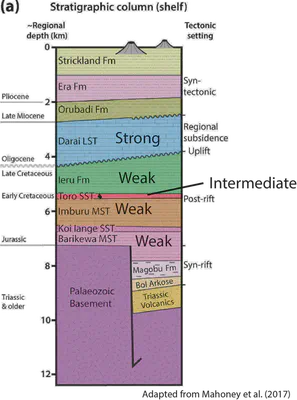
We ran approximately 40 preliminary experiments to calibrate the mechanical stratigraphy for the New Guinea fold belt. Below, we specifically investigate the Gobe region of the Papuan Fold Belt. The structural style here involves the interaction between two structural trends, the E-W trend of the fold belt, and the NW-SE trend of the Darai Plateau (see image below). The basement has been subjected to rifting in the Jurassic and the structural style of the Darai Plateau is largely controlled by the reactivation of extensional faults. In contrast, the Gobe region is thin skinned.
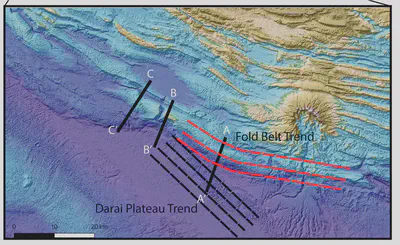
Some numerical models showing hypothetical scenarios for the structural evolution of the sections above. Across section A
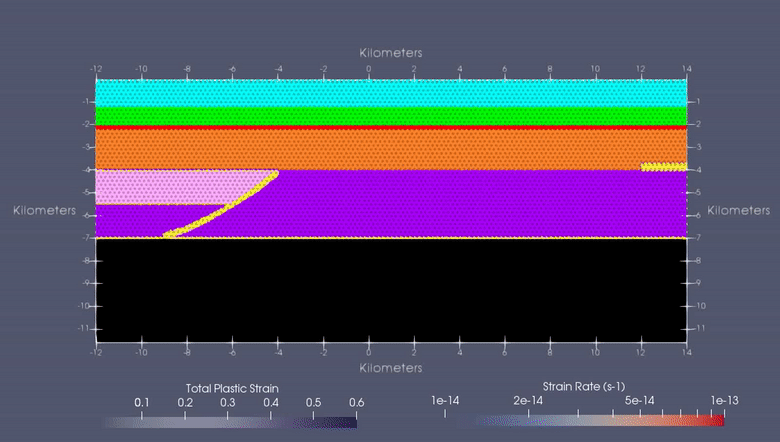
Across section B
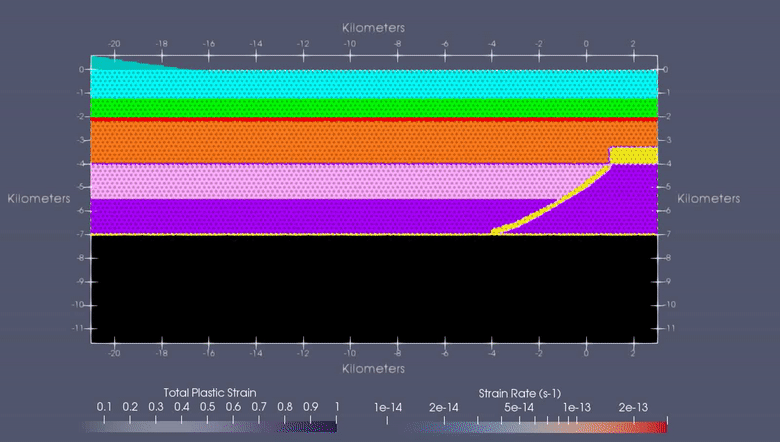
Across section C
